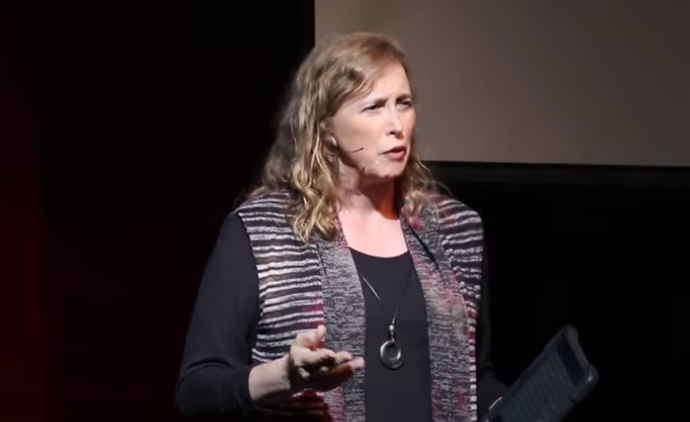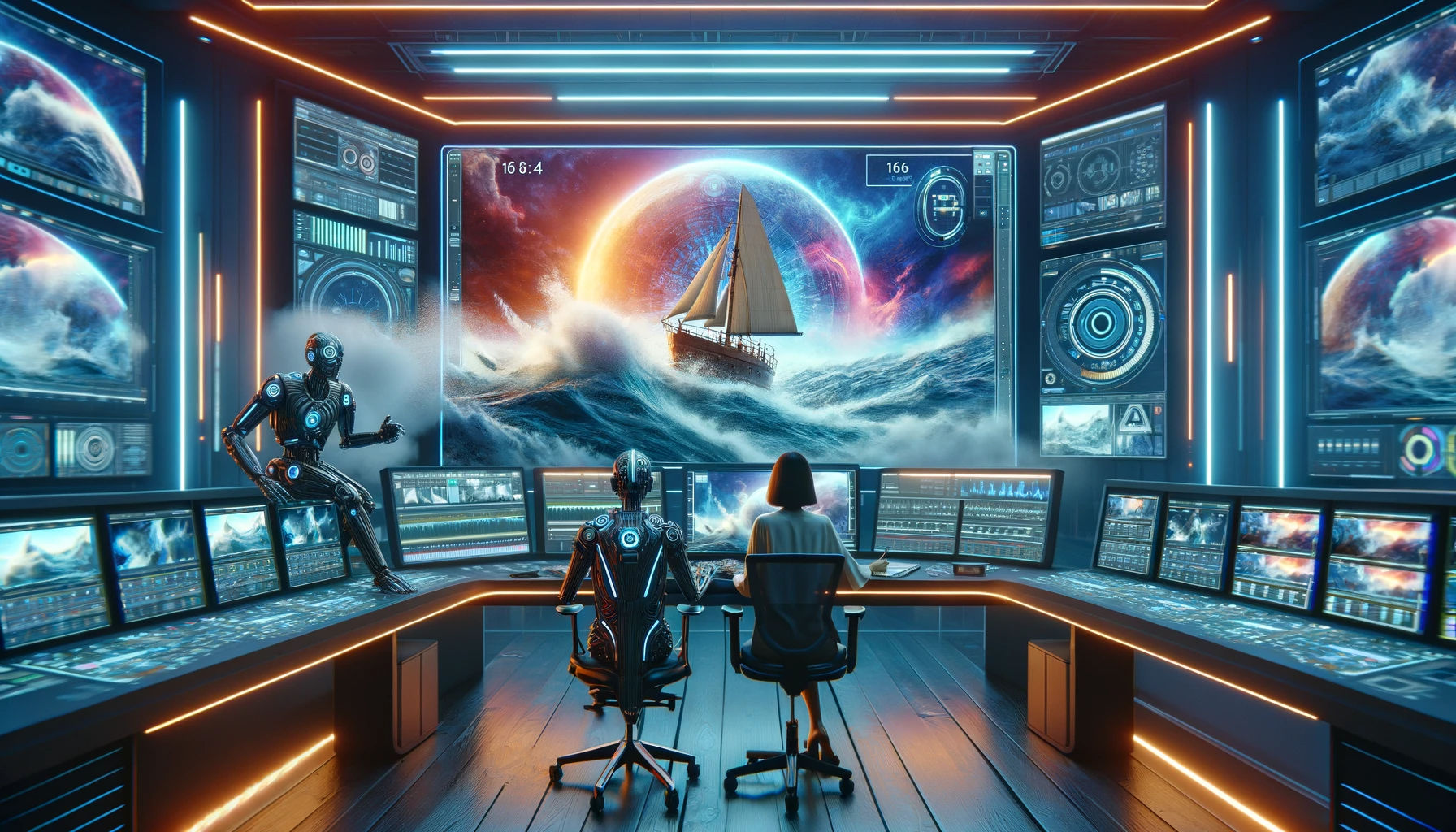Storytelling, an intrinsic human trait, has undergone numerous transformations since the dawn of civilization. From oral traditions around campfires to the written word, and eventually to the moving images of film and television, each evolution has expanded the horizon of how stories are conveyed and experienced. With the digital revolution, this evolutionary trajectory has taken a quantum leap. As a person with many pursuits I find myself at a unique juncture where my diverse experience converges, offering a distinctive perspective on this emergent field, the technical marvels, and the profound implications this fusion has on the art and science of storytelling.
In the early days of my own filmmaking, the process was tangibly mechanical—shooting on film, physically cutting and splicing reels, and presenting these creations in a very linear, one-dimensional format. The advent of digital filmmaking revolutionized this process. Suddenly, the flexibility and malleability of storytelling expanded exponentially. Digital technology allowed for a seamless integration of various multimedia elements, making the editing process more fluid and dynamic. Yet, despite these advancements, the core aspect of storytelling remained unchanged—the stories, once rendered, were fixed, unalterable snapshots of time.
The field of AI, once the realm of science fiction, has now become an integral part of our daily lives. AI systems are increasingly adept at recognizing patterns, processing natural language, and performing creative tasks. These capabilities open up unprecedented possibilities in the realm of filmmaking and storytelling. The future of storytelling, as shaped by generative AI (gen-AI), points towards an immersive and interactive experience. Virtual reality (VR) and augmented reality (AR) technologies, coupled with gen-AI, have the potential to create narrative experiences that are not just watched but lived. Users could find themselves as active participants in stories, influencing and being influenced by the narrative flow in real-time.
AI in filmmaking isn’t just about enhancing the quality and interactivity of stories. It’s also about democratization. With AI-assisted storytelling, the barrier to entry for creating compelling narratives is significantly lowered. Stories that might have remained untold due to the lack of resources or technical expertise can now find a voice. This democratization can lead to a richer, more diverse tapestry of human experiences and perspectives being shared and preserved. As a filmmaker, scientist, explorer, and voyageur of the digital realm, I dream of a future where AI not only assists in the crafting of stories but also contributes to the very essence of creativity. A future where AI, like the human mind, dreams in vivid colors and emotions, weaving tales not just from our past and present but conjuring visions of futures yet unseen.
In this sometimes dissonant symphony of human anxiety over the perils of AI and the excitement of its potential uses, I remain a techno-optimist. I believe that we will find a way forward and the stories that emerge will not just be reflections of our world but projections of what we can become. And in this merging of minds—organic and digital—we might find the truest expression of our collective imagination, an endless voyage across the boundless seas of possibility.

This article is a follow-on to my 2019 TEDx Talk: Do AI’s Dream in Digital Media

